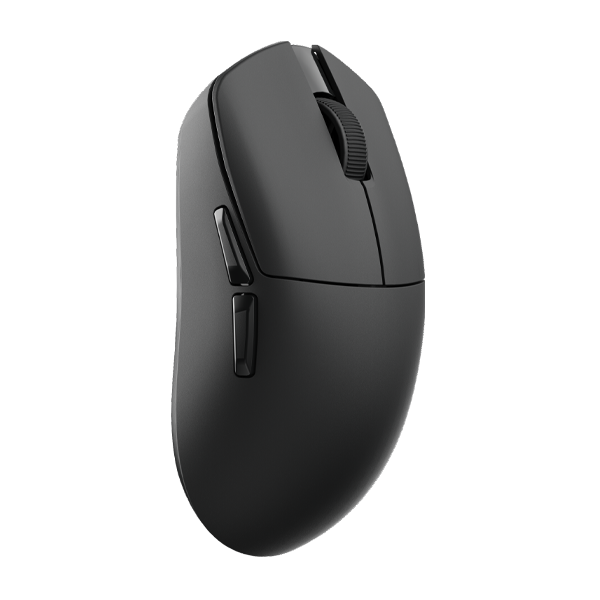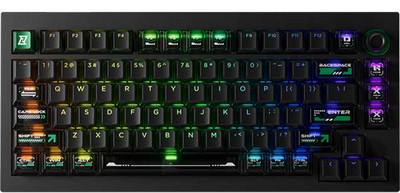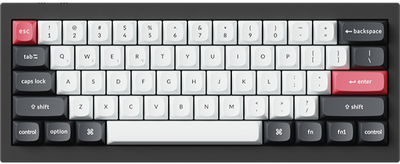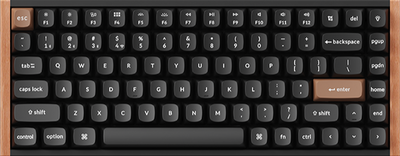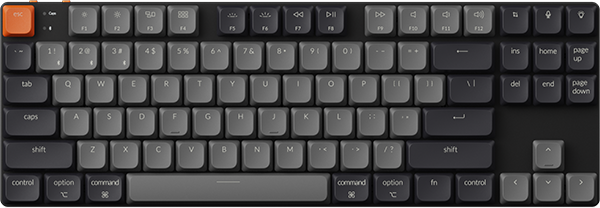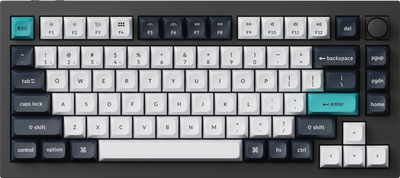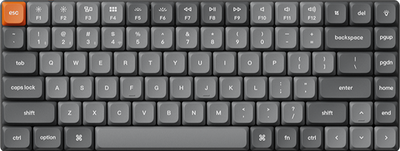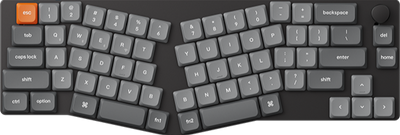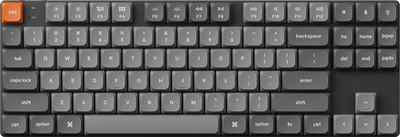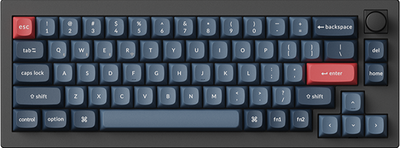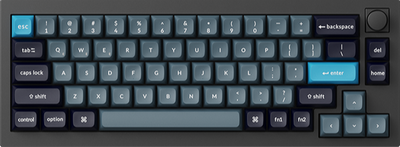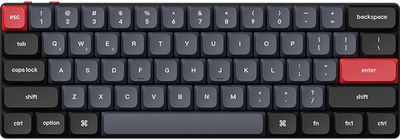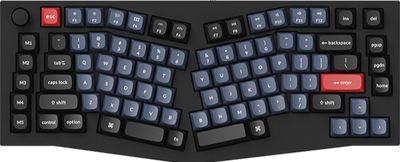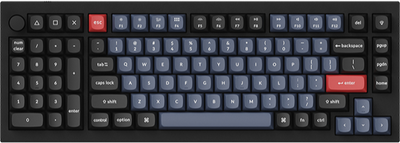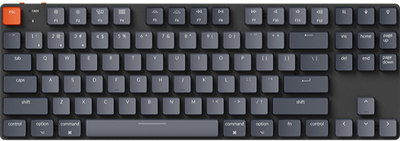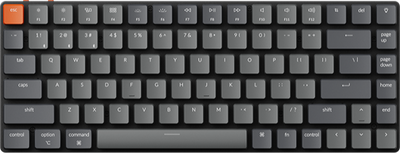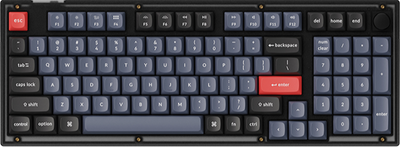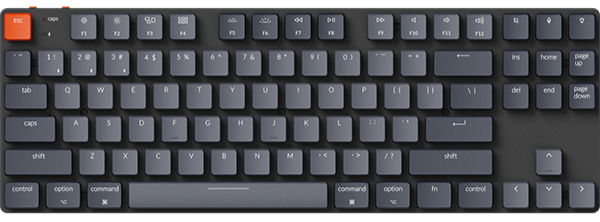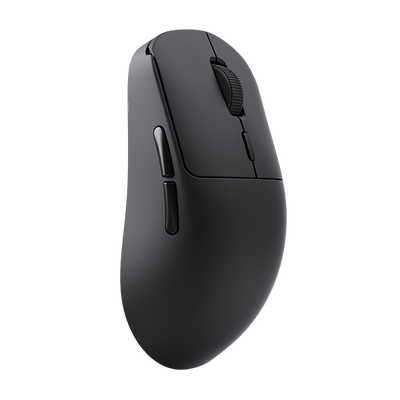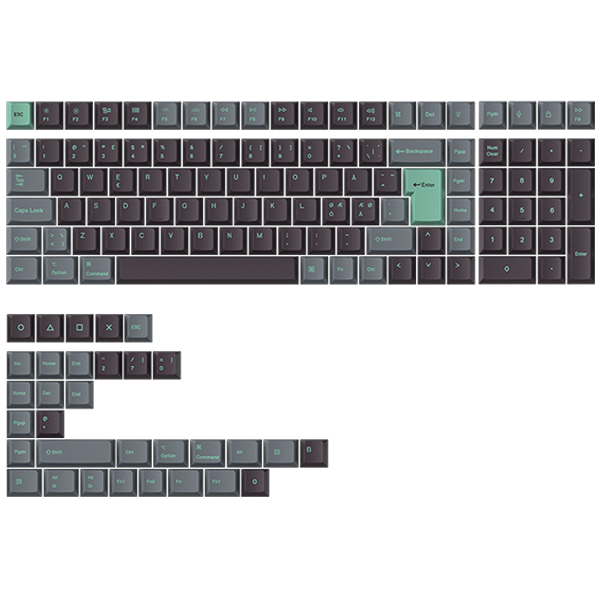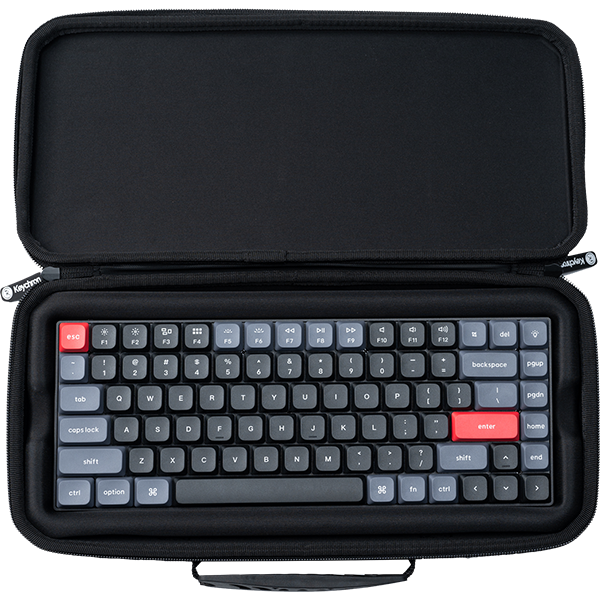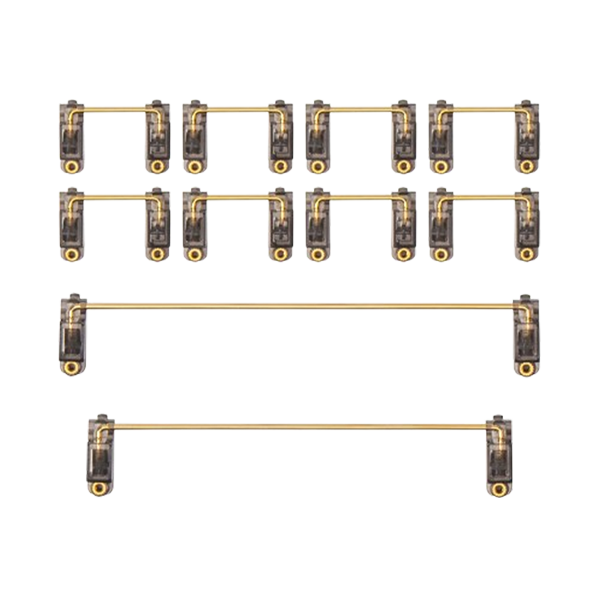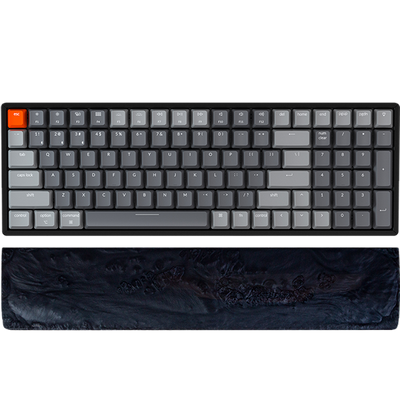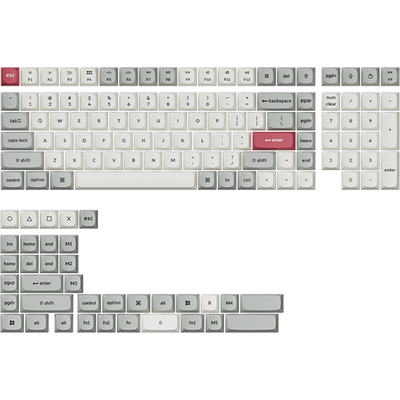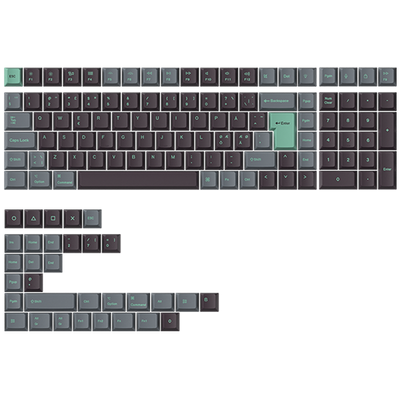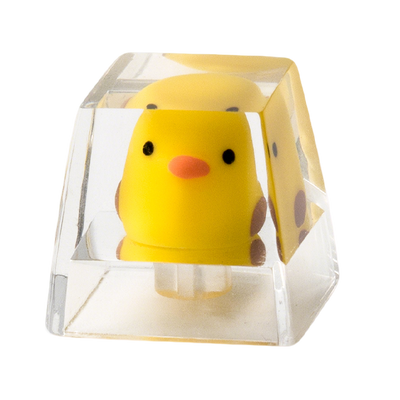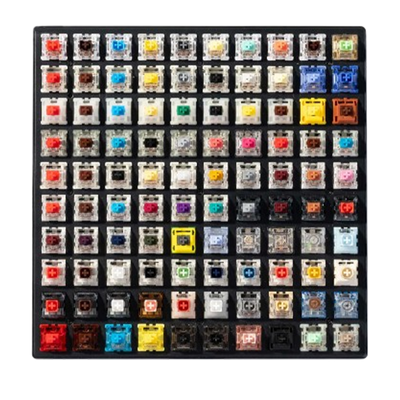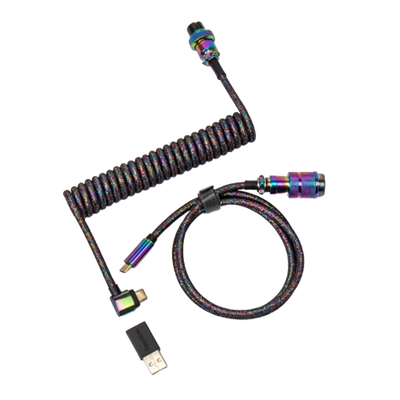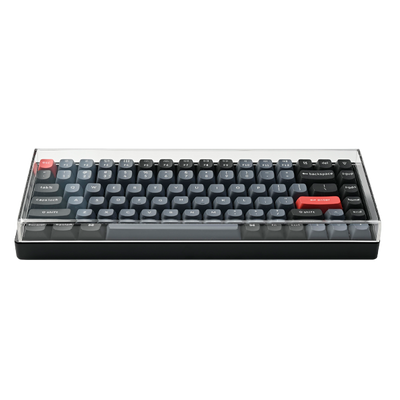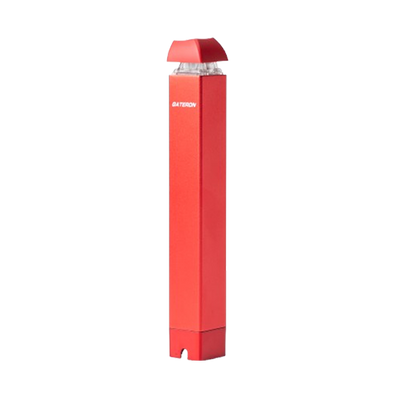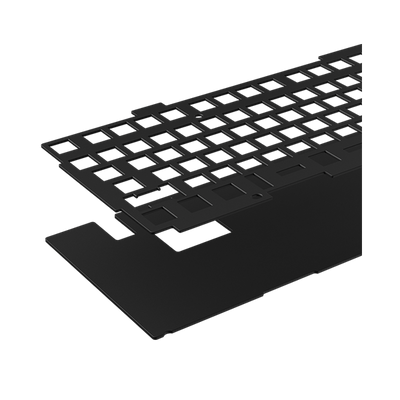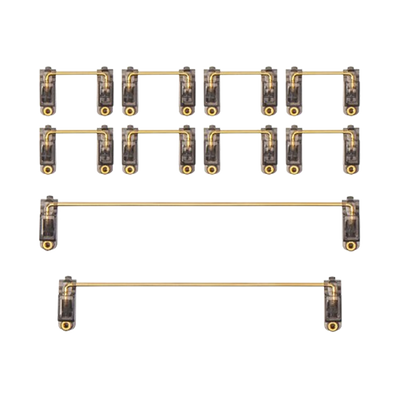For a first-time mechanical keyboard buyer, understanding the mechanical switches color list is essential. Each color represents a specific switch type, offering different levels of sound, feel, and actuation force.
Whether you’re gaming, typing, or just exploring mechanical keyboards, knowing what these colors mean can help you make the perfect choice.
In this guide, we’ll break down the most popular switch colors, explain their unique features, and provide helpful tips to match your preferences.
By the end, you’ll have a solid understanding of what each color represents and how to pick the right switch for your needs!
Understanding Mechanical Switch Colors
Mechanical switch colors help identify key characteristics of keyboard switches. These colors represent different aspects such as tactile feedback, actuation force, and noise levels.
Knowing what each color signifies can help you choose the right switch for your needs.
Switch Characteristics
-
Red: These are linear switches. They offer a smooth, consistent keystroke and are popular among gamers due to their lack of tactile bump and quiet operation.
-
Blue: Known for tactile and audible clicks, these switches are favored by typists who appreciate the feedback with every keystroke.
-
Brown: Offering a mix of tactile feedback without the loud click, brown switches provide a quieter typing experience suitable for both gaming and typing.
Importance of Switch Colors
The color of a mechanical switch can make a big difference in your typing experience.
- For gamers, a swift response is crucial, making linear switches like red or black popular choices.
- For typists, tactile and clicky switches like blue can enhance accuracy and comfort.
If you need a balance, brown switches might serve you well, providing tactile feedback without the noise. Understanding these options ensures you select the best switch for your preferences, enhancing both your productivity and enjoyment.
Mechanical Switches Color List: Common Types and Their Features
Mechanical keyboard switches come in a variety of colors, each offering a unique feel, sound, and actuation type. Some are suited for gaming, while others enhance the typing experience.
Below you’ll find detailed features of common switch colors.
Red Switches

The above photo is the Keychron K Pro Switch (Red)
Red switches are a popular choice, especially for gamers, due to their smooth and responsive design.
Here are their key features and characteristics:
- Linear operation: Provides a smooth keystroke without any tactile bump or click.
- Quiet performance: Ideal for low-noise environments.
- Low actuation force: Requires only about 45g of force, making them easy to press.
- Fast and fluid: Perfect for rapid key presses during gaming or typing.
- No tactile feedback: You won’t feel a bump when pressing keys, creating a seamless experience.
These features make red switches a favorite for gamers who prioritize speed and effortless performance.
Blue Switches

The above photo is the Keychron K Pro Switch (Blue)
Blue switches are a favorite for typists due to their tactile feedback and clicky sound. Here are their key features and characteristics:
- Tactile and clicky: Each keypress provides a noticeable bump and an audible "click" sound.
- Louder operation: Produces a distinct sound, similar to a typewriter, which may be distracting in shared spaces.
- Firm actuation force: Requires about 50-60g of force, giving a solid and deliberate feel.
- Great for typing: The tactile bump and click provide clear feedback, ensuring accurate keypresses.
- Traditional typewriter feel: Offers a satisfying sound and feel for those who enjoy classic typing.
Blue switches are ideal for typists who value feedback and precision but may not be the best choice for quiet environments.
Brown Switches

The above photo is the Keychron K Pro Switch (Brown)
Brown switches are a versatile choice, ideal for both gaming and typing. Here are their key features and characteristics:
- Tactile feedback: Offers a noticeable bump with each keypress, but without the loud click.
- Moderate actuation force: Requires around 45-55g of force, striking a balance between light and firm.
- Quieter than blue switches: Provides feedback without the noisy "click," making them suitable for shared spaces.
- Great for mixed use: Works well for both gaming and typing, offering versatility.
- Comfortable for extended use: The moderate force and tactile feel reduce finger fatigue during long sessions.
Brown switches are the perfect middle ground between linear and clicky switches, combining feedback with quieter operation.
Black Switches
Black Switches are a heavier linear option, offering control and durability. Here are their key features and characteristics:
- Linear operation: Smooth and consistent keystrokes without tactile bumps or clicks.
- Heavier actuation force: Requires about 60g of force, reducing accidental key presses.
- Increased control: Ideal for users who prefer a firmer, more deliberate keypress.
- Durable design: Built to withstand intense gaming or extended use.
- Great for precision: Suitable for gamers or typists who value accuracy and strength over speed.
- May cause fatigue: The higher force requirement can be tiring during long typing sessions.
Black switches are perfect for those who prefer a steady, controlled experience, especially for gaming or tasks requiring precision.
Yellow Switches

The above photo is the Keychron K Pro Switch (Yellow)
Yellow Switches are a fast and smooth linear option, popular among competitive gamers. Here are their key features and characteristics:
- Linear operation: Provides a smooth keystroke with no tactile bump or click.
- Low actuation force: Similar to red switches, requiring minimal effort for fast keypresses.
- Engineered for speed: Designed for quick response times, making them ideal for competitive gaming.
- No tactile interference: Ensures rapid input without resistance, perfect for swift commands.
- Smooth and effortless: Reduces physical strain during long gaming sessions.
- Great for competitive play: Helps improve reaction time and overall performance.
Yellow switches are perfect for gamers seeking speed, precision, and smooth performance during intense gaming sessions.
Less Common Mechanical Switch Colors

When exploring mechanical keyboards, you might find some less common switch colors that cater to specific needs or preferences. These switches are often sought by enthusiasts for their unique characteristics.
- Green Switches: These are clicky and require more force than the popular blue switches. They provide a tactile, louder typing experience, ideal if you enjoy a pronounced key click.
- Silver (Speed) Switches: Known for their rapid actuation, these switches are designed for speed. With a lower actuation point, they're perfect for gaming where quick response is crucial.
- Clear Switches: If you like a balance between tactile feedback and silence, clear switches could be your choice. They need a higher actuation force, making them suitable for accurate typing with noticeable feedback without being too loud.
These less common switches offer distinct features, enhancing your typing or gaming experience based on your preferences. Whether it’s the satisfying click of greens or the swift response of silvers, exploring these options can help you find the perfect fit for your keyboard.
How to Choose the Right Mechanical Switch

Choosing the right mechanical switch depends on your needs and preferences. Whether you're into gaming, typing, or need a quiet setup, there's a switch for you.
Types of Switches:
- Tactile: Offers feedback with a small bump. Good for typing and a balanced experience.
- Linear: Smooth and consistent keystrokes. Preferred by gamers for fast response.
- Clicky: Provides an audible click and tactile bump. Suitable for those who enjoy feedback while typing.
Additional Tips:
- Try different switches if possible.
- Consider factors like switch force and travel distance.
- Personal preference is crucial. Choose what feels best for you.
Feel the difference with switches that match your typing style. 📌 Check out this comprehensive guide on Types of Keyboard Switches.
Top Brands Offering Mechanical Switches
When choosing mechanical switches, three major brands stand out due to their quality and popularity: Cherry MX, Gateron, and Kailh. Each brand brings unique features and benefits that cater to different preferences and needs. Here's what you need to know about these top brands.
Cherry MX
Cherry MX is renowned for its precision and durability, often considered the gold standard in mechanical switches. Offering popular options like Red, Blue, and Brown switches, Cherry provides distinct actuation forces and feedback to suit various needs.
Widely respected for reliability and performance, Cherry MX switches set the benchmark in the industry.
Gateron
Gateron switches are celebrated for their smooth keystrokes and affordability. With options like Gateron Reds, Blues, and Browns, they deliver diverse tactile feedback and a softer feel compared to other brands.
Loved by gamers and typists alike, Gateron is a top choice for those seeking smooth performance on a budget. Learn more about Gateron's range in this mechanical switch chart.
Kailh
Kailh switches, manufactured by Kaihua, are known for their innovation and affordability. Offering options like Kailh Red, Brown, and Box White, these switches are praised for their durability and features like dust and water resistance.
Kailh is a go-to brand for budget-friendly mechanical keyboards offering great value.
📌 Read more about Kailh Switch Buying Guide
Conclusion
Understanding the mechanical switches color list is essential for finding the perfect switch to suit your needs. Each color offers a distinct typing or gaming experience, whether you prefer smooth linear switches, tactile feedback, or satisfying clicks.
Personal preference plays a big role—some users prioritize quiet keys, while others enjoy the audible click of a switch. Testing different options is the best way to find what works for you.
Keep in mind that keyboard brands may have their own color coding, so always check the details for each model. To make the process easier, try a Keychron Switch Tester to compare switches and choose the one that feels just right. Explore, experiment, and create your ideal keyboard experience!
FAQs About Mechanical Switch Color List
This section covers common questions about the colors of mechanical switches, focusing on their differences in feel, sound, and suitability for various uses.
What’s the difference between red and blue switches?
Red switches are known for their smooth, linear action. They have no tactile bump and require less force to press. Blue switches, on the other hand, offer tactile feedback and an audible click, providing a noticeable response when pressing keys.
Which mechanical switch color is best for gaming?
For gaming, red switches are often preferred. Their smooth and consistent keystrokes allow for rapid key presses, which can enhance performance in fast-paced games. They are sometimes considered the best choice for gamers looking for speed and precision.
What color switches are the loudest?
Blue switches are typically the loudest among mechanical switches. Their design includes a tactile bump and an audible click, making them ideal for typists who enjoy sound feedback but less suitable for noise-sensitive environments.
Are brown switches quieter than red?
Brown switches are slightly quieter than red switches due to their tactile bump, which absorbs some of the sound. They provide a middle-ground option with satisfying feedback, making them a quieter choice compared to the clicky blue switches.
Which switch is quietest?
The quietest switches are often linear switches like red or black, particularly those marketed as "silent" versions. These switches are designed to minimize noise without losing the feel of a mechanical keyboard, ideal for use in shared spaces.
Is a brown switch good for gaming?
Brown switches are good for gaming if you prefer a tactile feel without too much noise. They offer a balance between typing and gaming needs, providing feedback with each press while still allowing for quick, responsive keystrokes.






